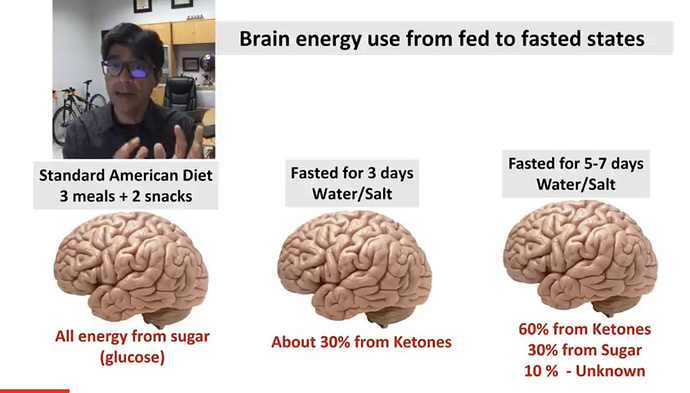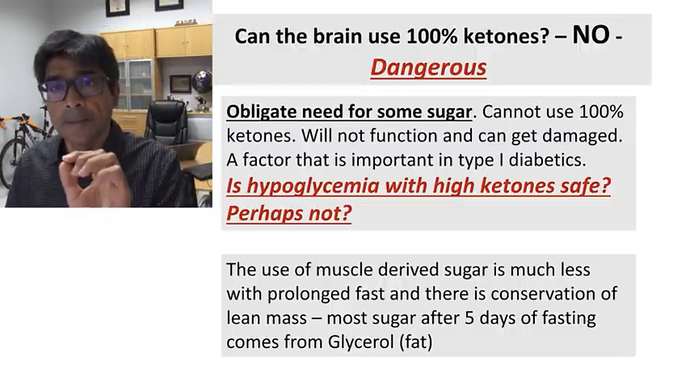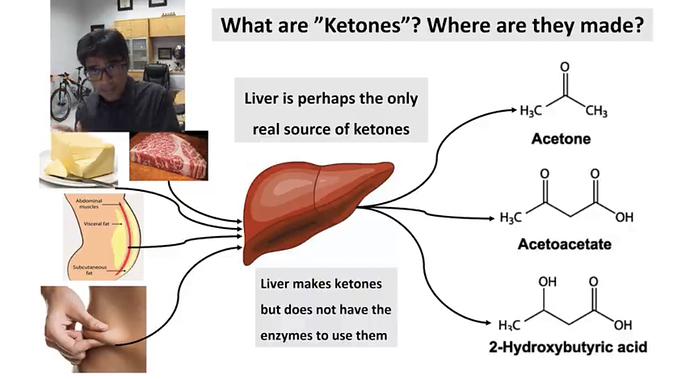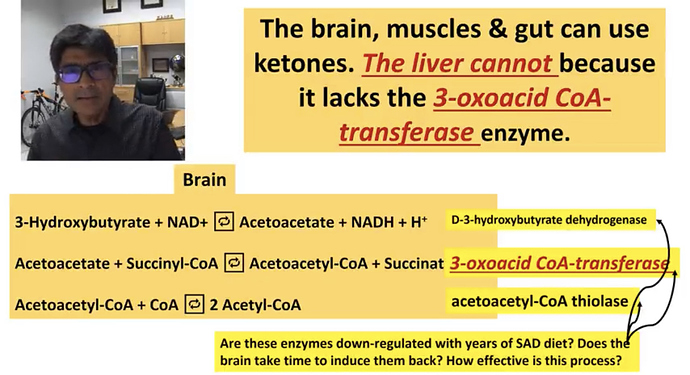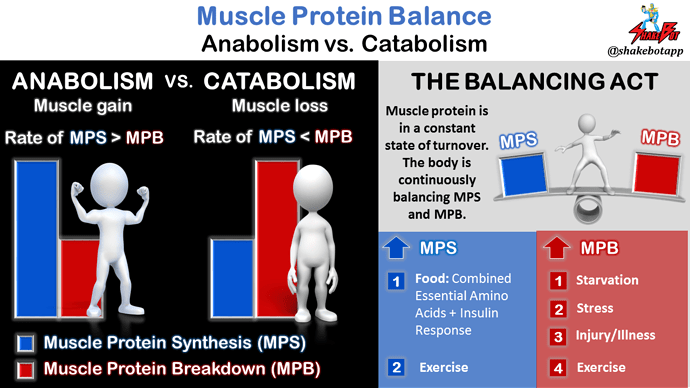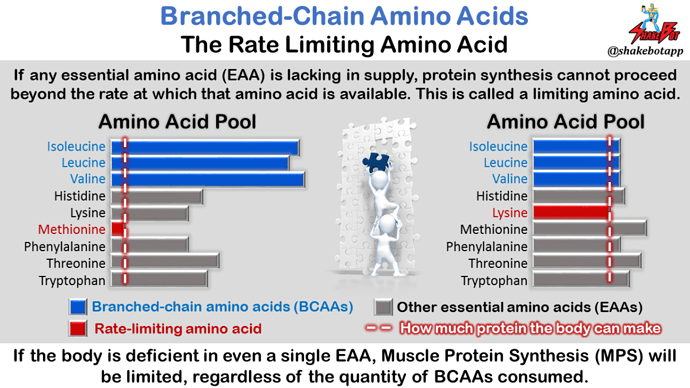During high intensity exercise, the body utilizes glucose as a fuel source. At lower intensities, the body it utilizing fat as a fuel source. However, there is some grey area here…
“High intensity” exercise - determined by heart rate, or more rate of perceived exertion(RPE)? Example - You do a few ALL OUT sprints and elevate your heart rate close to your max HR. You then slow it down to a jog. Your heart rate may still remain 85%+ during this jogging period, but a fit individual can recover enough to maintain a conversation relatively quickly. Even if the HR remains elevated at a high level.
Or in another case, you may start a long run at a light pace. Your heart rate is 60-70% for much of the early going, but after awhile at the same pace, your heart rate elevates to 80-90%, but you’re still able to hold a conversation.
What is the fuel source in these circumstances? If you’re going all out and struggling to utter out more than a couple words a time, clearly you’re utilizing glycogen. If you are able to speak without much difficulty, but your heart rate is elevated, are you utilizing glycogen or fat?
There is also a grey area of exactly when the body chooses glycogen over fat. I see many resources that universally say ~60% you’re utilizing fat, and close to max exertion, you’re utilizing glycogen. However, I haven’t seen much on what you’re utilizing in the middle. Say 75% of max HR or max exertion/RPE.

